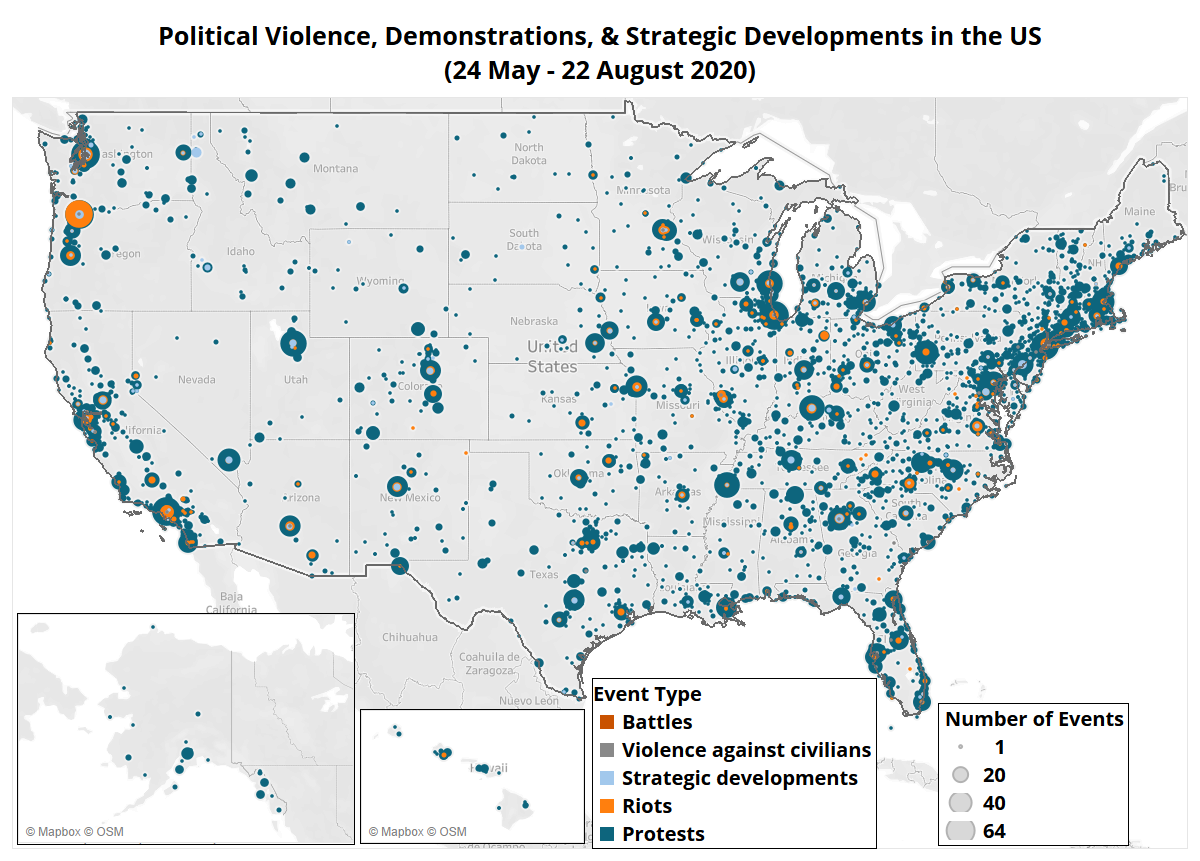Public and inner-city schools most frequently experience violence. These institutions often grapple with higher rates of violent incidents.
Exploring the connection between school environments and violence reveals distinct patterns. Public schools, especially those in urban areas, disproportionately bear the brunt of this social issue. Factors contributing to this trend include economic disparities, gang presence, and inadequate resources. With a rise in concern for the safety of students and teachers alike, it’s crucial to understand the dynamics that render certain schools more vulnerable to violent acts.
Education experts emphasize the need for comprehensive safety measures and early intervention programs to mitigate these risks. Promoting a secure learning environment is not just about immediate reactions to violence, but also about cultivating positive relationships and stable conditions that discourage aggression in the first place. Therefore, addressing the multifaceted causes that lead to school violence is essential for creating a safer educational landscape for all.
Introduction: School Violence Across The Spectrum
School violence is a well-known problem. It affects schools across the world. An understanding of the types and scope of violence is key to addressing this issue.
The Scope Of The Problem
School violence is not rare. It happens in schools of all types. This is not just a problem in a certain area, it affects everyone.
- Urban, suburban and rural schools are affected.
- Both private and public schools are at risk.
Violence: Definition And Types
What is violence?
Violence is any harmful act. It is intended to cause physical or emotional harm.
There are many forms of violence. Some examples include:
- Physical: hitting, kicking, or other physical attacks
- Verbal: saying mean things, bullying, or threatening
- Psychological: doing things to make others afraid or worried

Credit: www.sciencenews.org
Factors Influencing Violence In Schools
School violence is a complex issue that touches many types of schools. To tackle it, we must look at the underpinning factors. This post explores the key influences that can increase the risk of violence occurring in educational settings.
Socioeconomic Factors
Income levels and community wealth play a big role. Schools in lower-income areas may face more challenges.
- Limited resources
- Higher stress in families
- Lack of access to quality education
Psychological Influences
Students’ mental health impacts school safety greatly. Stress, anxiety, and other issues can lead to aggression.
| Psychological Issues | Impact on Students |
|---|---|
| Bullying | Can trigger violent behavior |
| Home Environment | Might contribute to emotional distress |
Role Of School Environment
The school’s atmosphere strongly affects students’ behavior. Positive environments reduce violence risks.
- Supportive teacher-student relationships
- Clear behavior expectations
- Conflict resolution programs
Comparative Analysis: Violence In Different School Types
Within educational environments, violence represents a critical issue affecting students, teachers, and overall learning quality. Research explores the types and prevalence of this violence across various institutions. This comparative analysis seeks to understand the trends and impacts of violence in different school settings.
Violence In Public Versus Private Schools
Public and private schools often differ in resources and policies, leading to distinct experiences with violence.
- Public schools may experience more violence due to larger student populations and diverse socio-economic backgrounds.
- Private schools, with more control over admissions and higher fees, might report fewer incidents. Yet, this does not imply immunity to violence.
Impact Of Violence In Rural And Urban Schools
The location of a school can influence the type and frequency of violent instances.
| Rural Schools | Urban Schools |
|---|---|
| May have fewer resources for security measures. | Often face challenges with gang-related activities. |
| Lower student numbers can mean fewer conflicts. | Higher population density can lead to increased tension. |
Prevalence Of Violence In Primary Versus Secondary Schools
Different school levels witness varying degrees of violence.
- Primary schools typically record fewer severe violent behaviors due to younger student age.
- Secondary schools, with older students, may see a higher prevalence of serious violent incidents.
Regional Differences In School Violence
School violence shows variation across regions, linked to factors like economy and culture. This blog explores these differences by focusing on two areas: developing versus developed countries and inter-regional disparities within a single country.
Violence Trends: Developing Countries Vs Developed Countries
Developing countries often see higher rates of school violence. Here are reasons:
- Poverty: Economic instability can breed conflict.
- Cultural norms: Values endorsing aggression could fuel violence.
- Lack of resources: Schools might lack security measures.
In contrast, developed countries tend to report lower violence levels. This is due to:
- Better law enforcement: Efficient law systems deter violence.
- Resources: Better funded schools can implement security measures.
- Social programs: Initiatives can help manage conflicts.
Inter-regional Disparities In The Same Country
Even within a single country, school violence varies. The factors driving this are:
- Rural vs Urban: Urban areas often report more violence than rural ones.
- Socioeconomic status: Regions with high poverty rates can see more violence.
- Educational policies: Differences in school rules may affect violence.
This data shows the complexity behind regional school violence. Prevention efforts must factor these differences for success.
Mitigation Strategies And Policies For School Violence
Understanding which educational institutions face increased instances of violence helps in formulating effective mitigation strategies. Comprehensive policies in managing school violence differ based on the type of school most impacted. Unpacking this topical issue reveals alarming trends and calls for proactive resolution approaches.
In today’s world, violence in schools is an escalating issue. To combat this, various mitigation strategies and policies have been established globally. Let us delve deep into successful interventions, the role of policy-makers, and holistic measures for violence prevention.
Successful Global Interventions
Successful mitigation strategies are widely practiced around the globe. By sharing these, schools can learn and adapt.
- Peer Mediation Programs: These encourage students to solve conflicts peacefully. They can lower the rate of violent episodes.
- Safe School Environments: Making schools safe zones reduces violence. This can be done by installing security systems and monitoring areas.
- Mental Health Support: Many schools offer mental health services to students who might be vulnerable to violence. These aid in lowering violent incidents.
Policy-makers And Their Roles
Policy-makers play a vital role in drafting rules to curb violence in schools. Their main tasks involve the following:
- Formulation of Policies: They devise rules that ensure a safe and peaceful school environment.
- Implementation: They ensure these rules are put into action in a timely and efficient manner.
- Review: They monitor and modify policies based on the effectiveness and feedback received.
Holistic Measures For Violence Prevention
Going beyond individual measures, a holistic approach to violence prevention can bring much-needed change. This strategy involves:
| Components of Holistic Measures | How They Help |
|---|---|
| School-wide Policies: | These aid in preventing violence throughout the school by setting clear norms. |
| Parent-Teacher Collaboration: | This helps detect early warning signs and take timely actions. |
| Social-Emotional Learning Programs: | Teaching students about empathy and coping mechanisms prevents violence. |
Using these strategies, we can create safer schools for our children and foster a better learning environment.
Frequently Asked Questions For Which Type Of School Is Most Likely Affected By Violence
What Is The Most Common Form Of School Violence?
Bullying is the most common form of school violence, often involving physical or verbal harassment.
What Are The Main Types Of School Violence?
The main types of school violence include physical assaults, verbal harassment, bullying, cyberbullying, and weapon use.
What Is Violence That Affects School?
School violence refers to any physical or verbal aggression occurring on school property. It encompasses bullying, fights between peers, or significant violence like school shootings. It threatens student safety and impacts learning.
Which Of The Following Are Potential Causes For School Violence?
Potential causes for school violence include bullying, misuse of drugs, family issues, media influence, and exposure to violent behavior. Mental health disorders also play a significant role.
Conclusion
Understanding and tackling school violence calls for a detailed analysis of the school type primarily affected. Our study finds urban public schools witnessing the highest instance of violence. Acknowledging this fact is our first step towards fostering a safe and nurturing educational environment for all students.












































Leave a Reply